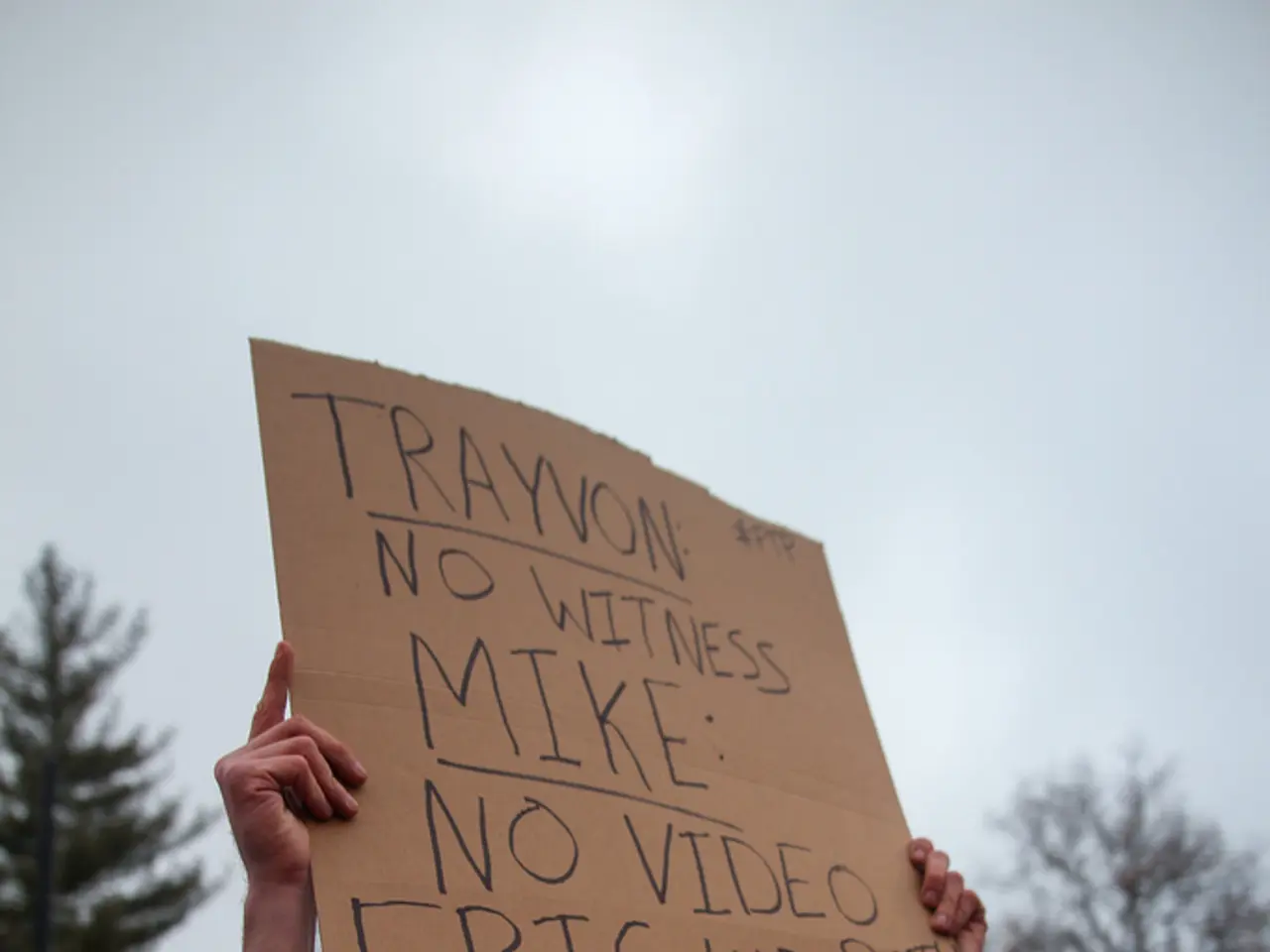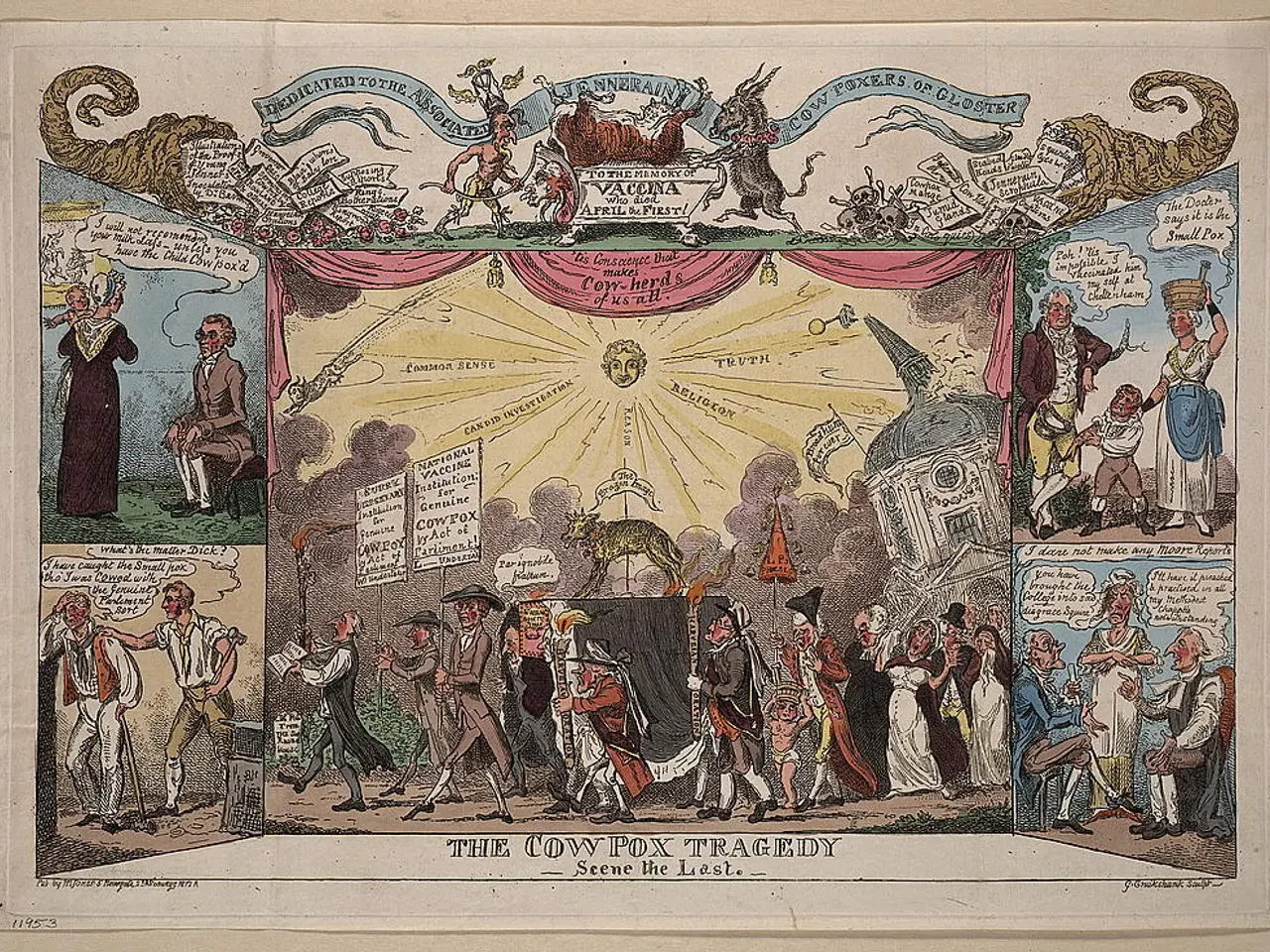Demonstrations resulting in tragedy as 22 lives lost and 200 injured during unrest caused by increased fuel costs in Angola
In the heart of July 2025, Angola was gripped by widespread unrest, triggered by a government decision to remove fuel subsidies and increase diesel prices by over 30%. The initial protests, called by the National Association of Taxi Drivers, rapidly evolved into broader demonstrations against inflation and the rising cost of living in the oil-rich nation.
The protests, initially peaceful, soon escalated due to the police response. The unrest, which spread from the capital Luanda to other cities such as Huambo, Benguela, and Huíla, resulted in severe consequences. Over a period of about two weeks, violent clashes with security forces led to at least 22 to 29 deaths, over 200 injuries, and more than 1,200 arrests nationwide [1][2][3][4].
Acts of vandalism, looting, and destruction of vehicles were reported amid the unrest. Police and army forces responded with live ammunition, tear gas, rubber bullets, and arrests. Accusations from Human Rights Watch and Amnesty International pointed towards excessive and unlawful use of force by security personnel during the crackdown [1][3][5].
The UN called for restraint, urgent investigations, and respect for human rights following the violent crackdown. The protests, which were initially sector-specific, were further fuelled by the direct impact of the fuel price increase on public transport costs. Minibus taxis, a common mode of transport for many Angolans, raised fares by up to 50% as a result of the increased diesel prices [2][3].
The political backdrop includes historic public dissatisfaction with the ruling MPLA party, whose support is at historic lows amid economic hardship, with elections approaching in 2027 [2]. Angola, despite being a major oil producer, imports much of its diesel and gasoline, contributing to high prices domestically.
In summary, the fuel price hikes triggered large-scale protests that were met with a violent security response, resulting in dozens of deaths, many injuries, mass arrests, and continuing social unrest across Angola in July 2025. Authorities are under pressure to investigate allegations of human rights abuses during the crackdown [1][3][5].
- The unrest in Angola during July 2025, beyond being sector-specific, was further fueled by the direct impact of the fuel price increase on general-news like public transport costs.
- Apart from the protests and violent clashes, reports of acts of vandalism, looting, and destruction of vehicles were prevalent in Angolan cities such as Luanda, Huambo, Benguela, and Huíla.
- In the realm of politics, the ruling MPLA party faced significant public dissatisfaction, with the party's support at historic lows due to economic hardship, ahead of the elections in 2027 [2].
- In addition to entertainment and science, local news coverage during this period heavily focused on crime and justice issues, such as the allegations of excessive and unlawful use of force by security personnel during the crackdown by Human Rights Watch and Amnesty International [1][3][5].






